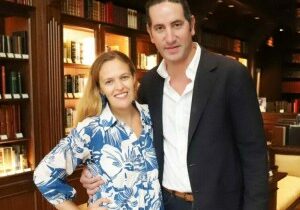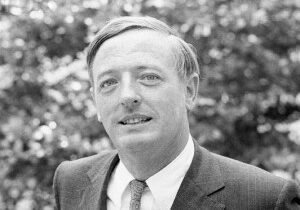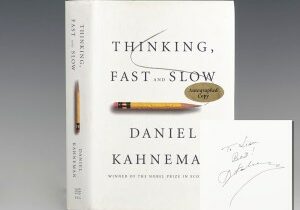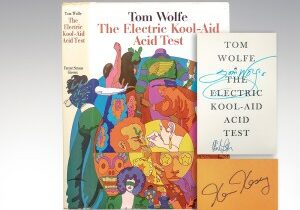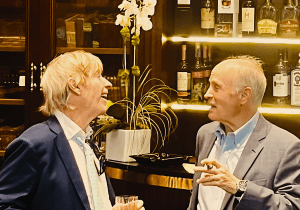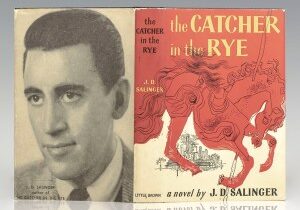In the bustling streets of turn-of-the-century Boston, amidst the flourishing arts scene, the craft of bookbinding enjoyed a certain prominence. This was an era marked by the private press movement, with figures like Daniel B. Updike and Frederic W. Goudy making significant contributions to typography and book design. Associations such as the New England Bookbinders Guild and the Club of Odd Volumes further underscored the city’s deep-rooted interest in fine books.
It was against this backdrop that the Harcourt Bindery came into being. In 1900, Frederick J. Quinby and Harry L. Chatman founded Frederick J. Quinby & Company, initially focusing on publishing, importing, and dealing in rare books and fine bindings. Later that year, a new partnership emerged, with Leopold A. Huegle joining as the binder, and the bindery found its home on 17 Harcourt Street. By 1902, the business had evolved, adopting the name “Harcourt Bindery,” a moniker that has endured through the years.
In 1911, the bindery underwent significant changes when it was purchased by Oakes and William H. Ames of North Easton, along with Gilmer Clapp of Waltham. These patrons of the arts sought to support a craft deeply rooted in tradition, laying the foundation for the bindery’s continued success.
Handcrafted leather bindings became the hallmark of the Harcourt Bindery. Fred Young, a long-standing employee who later became the owner from 1931 to 1971, reminisced about the bindery’s clientele and commissions. While much of their work catered to private customers, collectors, and dealers, the post-World War I era brought a surge in business from the West Coast. Interior design firms sought out the Harcourt Bindery to adorn the walls of private libraries in Hollywood and beyond with sets of classics bound in full leather.
The onset of World War II brought renewed vigor to hand bookbinding, with the Harcourt Bindery meeting the demand for bindings previously commissioned abroad. Despite the challenges of the era, the bindery not only weathered the storm but thrived, attracting new clients and expanding its workforce.

Marbled paper, binding tools, and labels ready for binding.
Fred Young, alongside his partner Walter F. Johnston, played instrumental roles in shaping the bindery’s legacy, accumulating over a century of combined service. Their dedication to craftsmanship and attention to detail set the standard for excellence at the Harcourt Bindery.
As these tangible artifacts become ever more rare and cherished, their value as tangible pieces of culture and heritage only grows. Adrienne and Matthew Raptis, the current proprietors of Raptis Rare Books, proudly embrace this sentiment and are honored to be a part of the ongoing legacy of the Harcourt Bindery. Their passion for books has blossomed into Raptis Rare Books.
Specializing in fine first editions, signed and inscribed books, and landmark publications across various fields, Raptis Rare Books has earned a reputation for curating unique and significant volumes meticulously maintained in exceptional condition. As custodians of literary history, Adrienne and Matthew are committed to preserving the legacy of the printed word and sharing their love of books with collectors and enthusiasts alike.

Patricia Rosen, an employee of Harcourt for over twenty years, specializes in leather repair.
Over the years, the bindery undertook numerous special commissions, from custom slipcases for cherished artifacts to bindings for religious texts and prestigious libraries. The Harcourt Bindery stands as a testament to the enduring appeal of traditional bookbinding in a digital age. While technology has transformed many aspects of the publishing industry, the bindery remains steadfast in its commitment to hand production, preserving the beauty and integrity of the printed word.
Through its workshops and classes, it also serves as a beacon for those seeking to learn and perpetuate the art of bookbinding, ensuring that this timeless craft continues to thrive for generations to come.

Fine collection of custom half morocco clamshell boxes by the Harcourt Bindery for the complete collection of all 14 first edition James Bond novels.
Learn more about the variety of services including book restoration, custom clamshell boxes, and rebinding offered by The Harcourt Bindery here.










